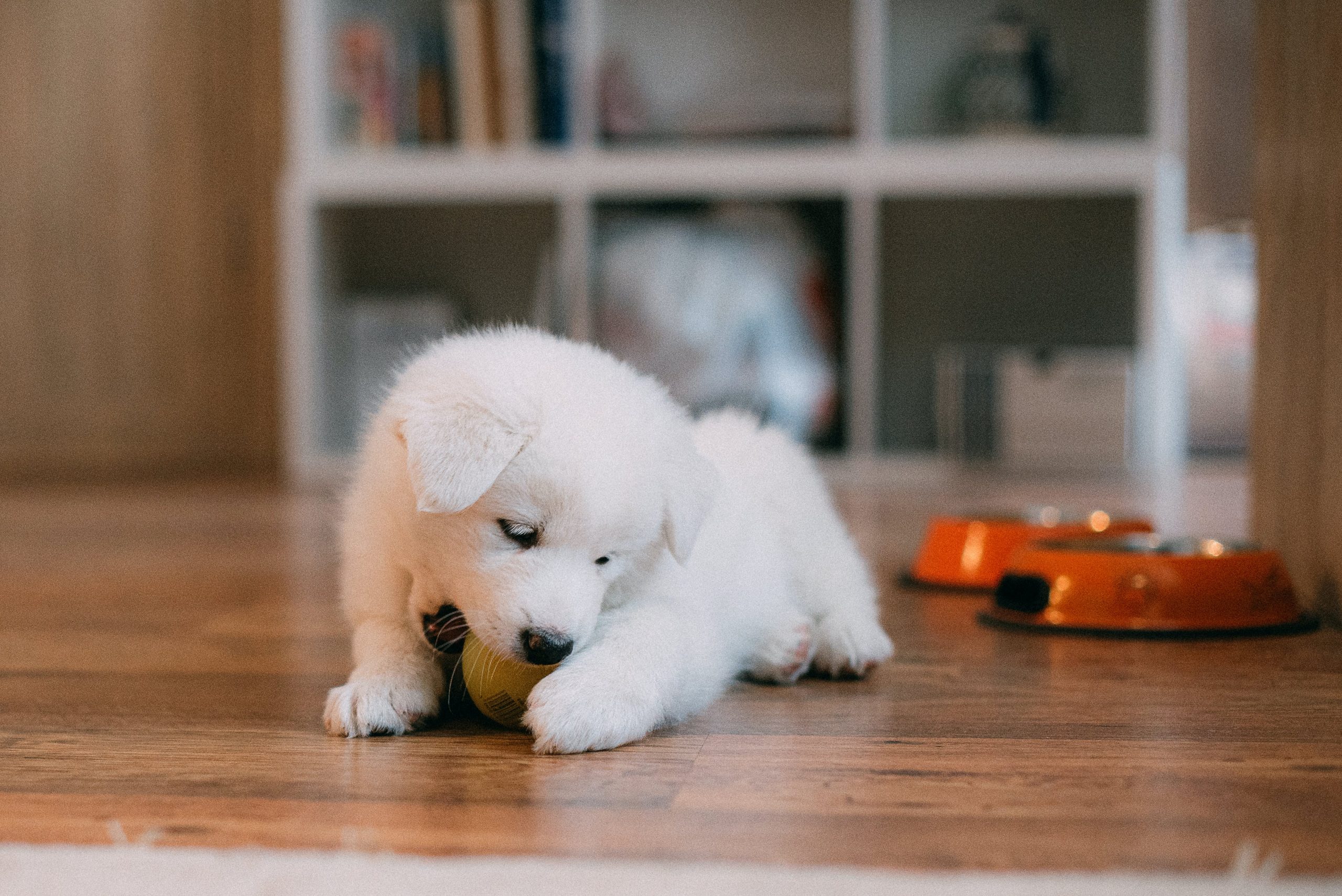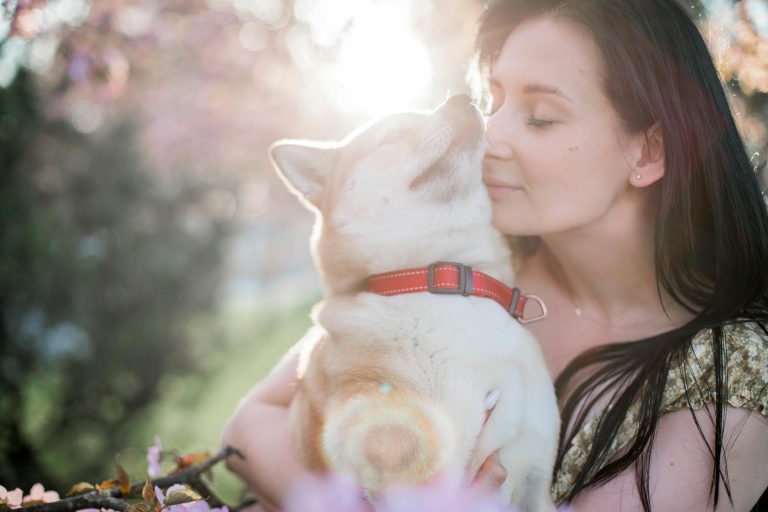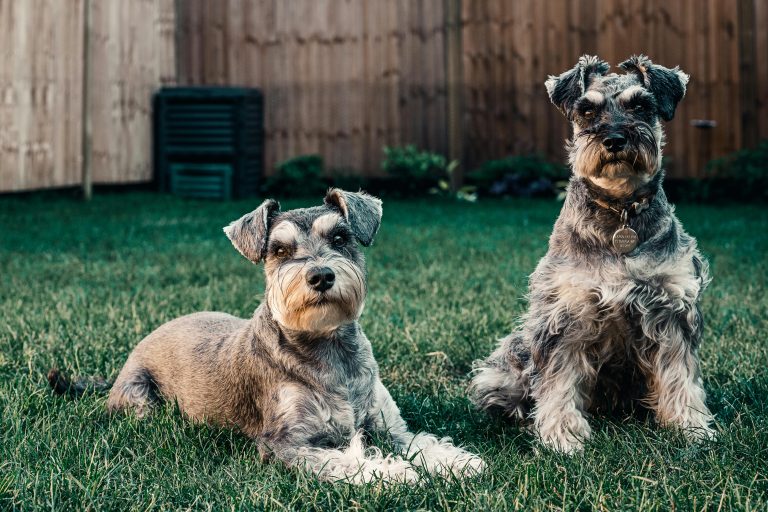Why is My Dog Treating Her Ball Like a Baby?
Dogs are fascinating creatures with a myriad of behaviors that often leave us both amused and perplexed. One such curious behavior is when a dog starts treating her ball like a baby. This behavior might seem odd at first glance, but delving into the intricacies of canine psychology reveals a world of instinctual and emotional intricacies.

The Unusual Behavior about Dog Treating Her Ball
As dog owners, witnessing our furry friends cuddle up to a ball as if it were a newborn can be both endearing and puzzling. Understanding why dogs exhibit such behavior requires a closer look at their natural instincts and emotional connections.
Instinctual Behavior in Dogs
Canine Motherhood Instincts
Dogs, especially females, often possess strong maternal instincts. This instinct, ingrained in their DNA, prompts them to care for and protect their offspring. In the absence of actual puppies, this instinct can manifest in surprising ways.
Mimicking Maternal Care
When a dog adopts a ball or a plush toy, it might be a manifestation of their desire to care for something. The act of nuzzling, licking, and even carrying the ball mirrors the behaviors of a mother caring for her young.
Emotional Attachment to Objects
The Role of Comfort
Dogs, like humans, seek comfort in various forms. In the absence of their litter or companions, dogs may turn to inanimate objects for solace. The softness and familiarity of a ball can provide the emotional comfort they crave.
Associating Objects with Security
For dogs, objects can become symbols of security. Much like a child’s attachment to a security blanket, a dog may form a strong emotional bond with a specific toy, using it as a source of reassurance in various situations.
The Ball as a Substitute for Puppies
Lack of Actual Offspring
In some cases, a dog exhibiting motherly behaviors towards a ball might not have had the opportunity to experience motherhood. This lack of actual offspring can lead them to seek alternative outlets for expressing their nurturing instincts.
Filling the Void with Objects
Dogs are adaptable creatures, and in the absence of a real puppy to care for, they may adopt a surrogate in the form of a ball. This behavior is their way of filling a void and expressing their natural instincts.
Play as a Form of Comfort
Stress Relief for Dogs
Play is an essential aspect of a dog’s life. It not only provides physical exercise but also serves as a stress-relieving activity. Treating a ball like a baby might be a form of play that brings comfort and joy to the dog.
Importance of Play in Canine Well-being
Understanding the importance of play in a dog’s well-being is crucial. Play not only promotes physical health but also contributes to mental stimulation, preventing boredom and related behavioral issues.
Dogs and Their Sense of Ownership
Territorial Behavior
Dogs can exhibit territorial behavior, and their attachment to a specific object, like a ball, can be a manifestation of this instinct. It becomes a part of their territory, something they feel responsible for and protective of.
Establishing Comfort Zones
Objects like balls or toys serve as extensions of a dog’s comfort zone. Having familiar items around provides a sense of security and stability, contributing to a more relaxed and content canine companion.

Possible Past Traumas
Abandonment or Loss
Dogs, especially those with past traumas such as abandonment or loss, may develop unique coping mechanisms. Treating a ball like a baby could be their way of filling an emotional void left by past experiences.
Coping Mechanisms Through Objects
In the absence of verbal communication, dogs often express their emotions through actions. Adopting a ball as a surrogate baby might be a coping mechanism developed by a dog to navigate through past traumas.
The Impact of Human Interaction
Dogs Mimicking Human Behavior
Dogs are highly perceptive and often mimic the behaviors of their human companions. If an owner expresses nurturing behaviors towards their dog, the dog may reciprocate by treating an object with similar care.
Emotional Influence from Owners
The emotional bond between a dog and its owner is powerful. If the owner displays affection towards a particular toy, the dog might pick up on these cues and develop a similar attachment.
The Role of Training
Positive Reinforcement
Understanding and redirecting this behavior through training is essential. Positive reinforcement can be used to encourage desirable behaviors while gently discouraging overattachment to specific objects.
Redirecting Behaviors
Offering a variety of toys and engaging in interactive play can help redirect a dog’s attention. Gradually introducing new items can shift their focus and prevent excessive attachment to a single object.
Signs of Overattachment
Obsessive Behavior
While a certain level of attachment to toys is normal, obsessive behavior can be a cause for concern. Excessive nuzzling, refusal to part with the object, or signs of distress when separated from it may indicate overattachment.
Addressing Overattachment in Dogs
Recognizing and addressing signs of overattachment is crucial for a dog’s well-being. Providing a balanced environment with a mix of social interactions, play, and positive reinforcement can help mitigate excessive attachment behaviors.
Ensuring a Healthy Relationship
Balancing Attachment
Balancing a dog’s attachment to objects with other forms of interaction is key. Encouraging social interactions with other dogs, regular playtime, and varied activities can help maintain a healthy relationship.
Encouraging Social Interactions
Dogs are social animals, and fostering interactions with other dogs is vital for their overall well-being. Organizing playdates or visits to dog parks can help channel their energy into positive social experiences.
Benefits of the Behavior
Emotional Support for Dogs
Treating a ball like a baby can provide emotional support for dogs, especially those with a history of trauma or anxiety. The behavior serves as a coping mechanism that brings comfort and reassurance.
Strengthening the Bond with the Owner
The unique behavior of dog treating her ball like a baby can strengthen the bond between a dog and its owner. Understanding and accepting these quirks contribute to a deeper connection and a more fulfilling companionship.
Common Misconceptions
Misinterpreting Behaviors
Dog owners may sometimes misinterpret these behaviors, attributing them to mere playfulness. It’s essential to delve deeper into the motivations behind a dog’s actions to ensure their mental and emotional well-being.
Understanding Canine Psychology
Educating oneself about canine psychology is crucial for responsible pet ownership. Recognizing that dogs have complex emotional lives helps foster a more compassionate and understanding relationship.
Seeking Professional Advice
Consulting a Veterinarian or Animal Behaviorist
If a dog’s behavior becomes a cause for concern, seeking professional advice is advisable. Veterinarians and animal behaviorists can provide insights into the specific needs and psychological well-being of individual dogs.
Tailoring Solutions to Individual Cases
Every dog is unique, and solutions to behavioral concerns should be tailored to individual cases. Professional guidance ensures a customized approach to address the specific needs of a dog exhibiting unusual behaviors.
Conclusion
In conclusion, the question, “Why is my dog treating her ball like a baby?” unravels a fascinating world of canine instincts, emotions, and the unique ways in which dogs express themselves. Understanding and embracing these behaviors contribute to a more enriching and fulfilling relationship between dogs and their human companions.




Leave a comment